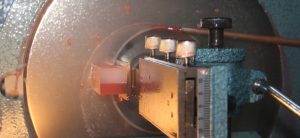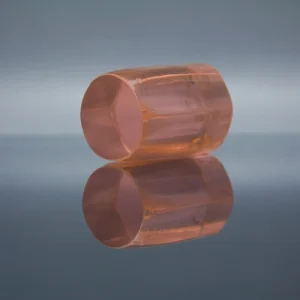In today’s technologically advanced world, high-energy solid-state lasers have carved a niche for themselves, becoming pivotal in diverse sectors. Whether it’s the precision required in medical surgeries or the robustness needed in industrial cutting, these lasers have proven their mettle time and again.
The hallmark of high-energy solid-state lasers lies in their efficiency and precision. These attributes are not mere coincidences but are the results of meticulously designed performance parameters. These parameters ensure that the laser operates at its optimum, delivering results that are both accurate and consistent.
In this comprehensive guide, we aim to demystify these parameters. By understanding their significance, one can better appreciate how they shape the laser’s application, be it in medical treatments where precision is paramount or in industrial settings where efficiency and speed are of the essence.
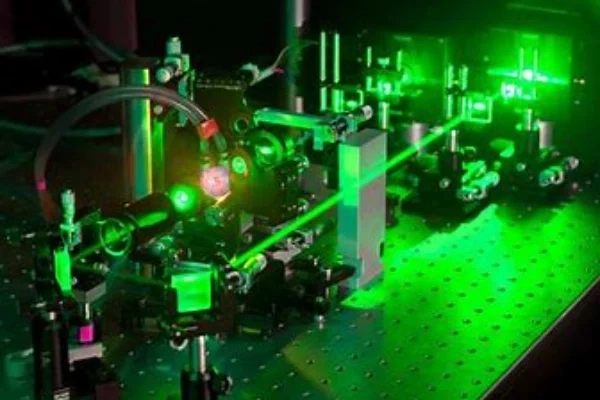
Decoding the Performance of High-Energy Solid-State Lasers: A Deep Dive into Key Parameters
High-energy solid-state lasers have become a cornerstone in various technological and medical applications. Their efficiency, precision, and versatility are largely attributed to specific performance parameters. To truly harness the power of these lasers, one must understand these parameters in depth.
Gain Medium: Central to a laser’s functionality is its gain medium. This is the substance that amplifies the optical signal within the laser. Different gain media, such as neodymium-doped yttrium aluminum garnet (Nd:YAG) or titanium-doped sapphire (Ti:Sapphire), offer distinct characteristics.
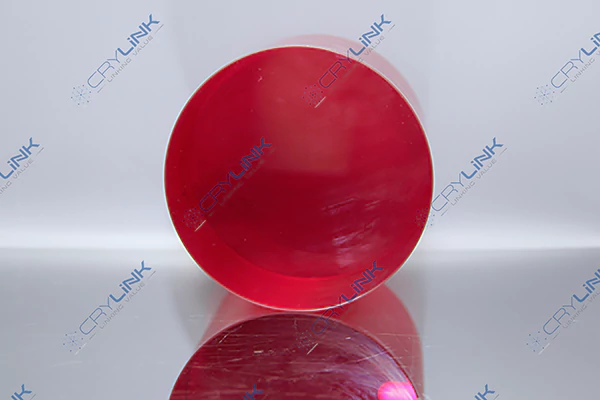
The choice of gain medium can influence the laser’s wavelength, efficiency, and power output. For example, Nd:YAG is renowned for producing infrared light at 1064 nm, making it suitable for certain medical and industrial applications. On the other hand, Ti:Sapphire, with its broad tunability, is ideal for applications requiring a wide range of wavelengths, such as in ultrafast spectroscopy or femtosecond pulse generation. The gain medium, therefore, plays a crucial role in tailoring the laser’s properties to specific tasks and applications.
Pulse Energy: At the core of a laser’s performance is its pulse energy. Measured in joules, this parameter signifies the energy contained in each laser pulse. The higher the pulse energy, the more potent the laser becomes in tasks demanding high energy. For instance, in material ablation, where layers of a material are removed, or in medical surgeries where tissues need to be cut or reshaped, the pulse energy plays a pivotal role in determining the laser’s efficacy.
Pulse Width: The pulse width is a testament to the laser’s temporal precision. Whether it’s measured in femtoseconds, picoseconds, or nanoseconds, this parameter indicates the duration over which the laser energy is delivered. Shorter pulse widths mean that the laser’s energy is concentrated over a smaller time frame, making it indispensable for tasks that demand high precision, such as micromachining or ultrafast spectroscopy.
Frequency: The frequency of a laser, quantified in hertz (Hz), is indicative of its operational speed. It represents the number of pulses the laser emits in a single second. In applications like engraving or cutting, where speed is of the essence, a higher frequency ensures that tasks are completed more swiftly, enhancing productivity.
Beam Quality: A laser’s efficacy is also determined by the quality of its beam. Beam quality is a measure of how well the laser light can be focused. Lasers with superior beam quality can achieve a smaller focus spot size, making them ideal for precision applications like micro-welding or detailed engraving.
Wavelength: Last but not least, the wavelength of the laser light, measured in nanometers, is a defining parameter. It determines the color of the laser light and plays a crucial role in its interaction with materials. Different applications, be it medical imaging or material processing, require specific wavelengths to achieve optimal results. For instance, certain medical procedures might rely on a specific wavelength to target particular cells without affecting surrounding tissues.
In conclusion, the prowess of high-energy solid-state lasers is intricately linked to these key parameters. By understanding and optimizing them, one can tailor the laser’s performance to suit a myriad of applications, ensuring efficiency, precision, and desired outcomes.
How Performance Parameters Influence Application
The world of lasers is vast and varied, with each laser tailored to meet specific needs based on its performance parameters. These parameters are not mere technical specifications; they are the very essence that determines how a laser interacts with its target and the efficiency with which it performs its task. Let’s delve deeper into how these parameters influence various applications:
Material Processing: The realm of material processing, which includes tasks like cutting, engraving, and welding, demands lasers with specific attributes. Here, pulse energy is of paramount importance.
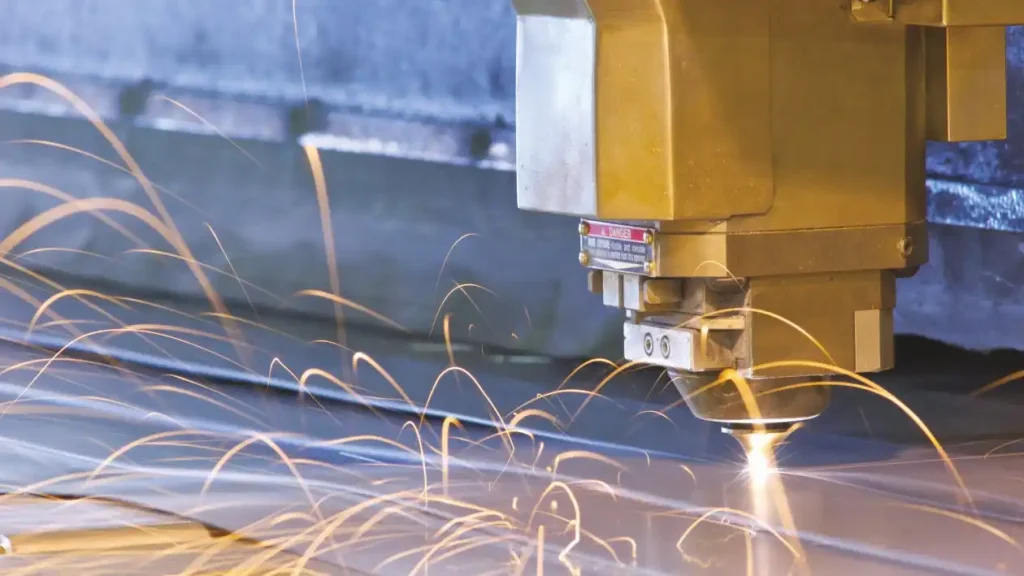
A laser with high pulse energy can deliver concentrated bursts of energy, ensuring efficient and clean cuts or deep engravings on materials ranging from metals to ceramics. On the other hand, the frequency of the laser dictates the speed of the operation. A higher frequency means the laser emits more pulses per second, allowing for faster processing. This is especially beneficial in industries where large-scale manufacturing or processing is involved, ensuring productivity and cost-efficiency.
Medical Treatments: The medical field, with its emphasis on precision and safety, requires lasers with specialized parameters. Pulse width plays a significant role here. A shorter pulse width means the laser’s energy is delivered in a concise timeframe, allowing for pinpoint accuracy. This is vital in procedures like eye surgeries or tumor removal, where the margin for error is minimal.

Additionally, beam quality is of utmost importance. A laser with superior beam quality can focus its energy on a specific point, ensuring that the target tissue is treated effectively while causing minimal or no damage to surrounding healthy tissues. This precision reduces recovery times and potential complications.
Communication Systems: As the world becomes more interconnected, optical communication systems have become the backbone of global data transmission. In this domain, the wavelength of the laser is a game-changer.

Different wavelengths can carry varying amounts of data, with some being more efficient than others. The chosen wavelength also affects the clarity of the transmitted signal, ensuring that data is received without loss or distortion. Moreover, with the advent of fiber-optic communication, specific wavelengths are preferred as they suffer minimal attenuation, ensuring long-distance transmission without the need for frequent repeaters.
In conclusion, the performance parameters of high-energy solid-state lasers are not just technical jargons but are the defining factors that ensure their optimal application across diverse fields. By understanding and optimizing these parameters, industries can harness the full potential of these lasers, driving innovation and efficiency.
Research and Development
The realm of Research and Development (R&D) is a dynamic space where innovation thrives, and high-energy solid-state lasers play a pivotal role in pushing the boundaries of discovery. In such settings, the performance parameters of lasers are of paramount importance. Specifically, pulse energy stands out as a critical factor. It dictates the amount of energy a laser can deliver in a single pulse, influencing the laser’s interaction with materials, whether it’s for material analysis, ablation, or other experimental procedures.
On the other hand, the wavelength of the laser determines the depth of penetration and the type of interaction with various materials. Different wavelengths can be absorbed or reflected differently by materials, making it a crucial parameter in R&D experiments. In essence, understanding and optimizing these parameters ensures that researchers can achieve accurate and efficient results, driving advancements in various scientific fields.
Conclusion
High-energy solid-state lasers are versatile tools, and their performance is intricately linked to specific parameters. Understanding these parameters is not just a technical necessity but also crucial for optimizing the laser’s application. As technology continues to evolve, we anticipate even more refined parameters, leading to lasers that are more efficient, precise, and adaptable to a myriad of applications.
FAQs
- Why is pulse energy important in lasers?
- Pulse energy determines the amount of energy delivered in each laser pulse, influencing tasks that require high energy.
- How does pulse width affect laser applications?
- A shorter pulse width delivers energy more concentratedly, essential for precision tasks like medical surgeries.
- What role does frequency play in material processing?
- A higher frequency means more pulses per second, leading to faster processing speeds in tasks like engraving.
- Why is beam quality crucial for medical treatments?
- Higher beam quality ensures a smaller focus spot size, leading to precision and minimal damage to surrounding tissues.
- How does wavelength influence optical communication systems?
- The wavelength determines data transmission rates and the clarity of signals in optical communication systems.


